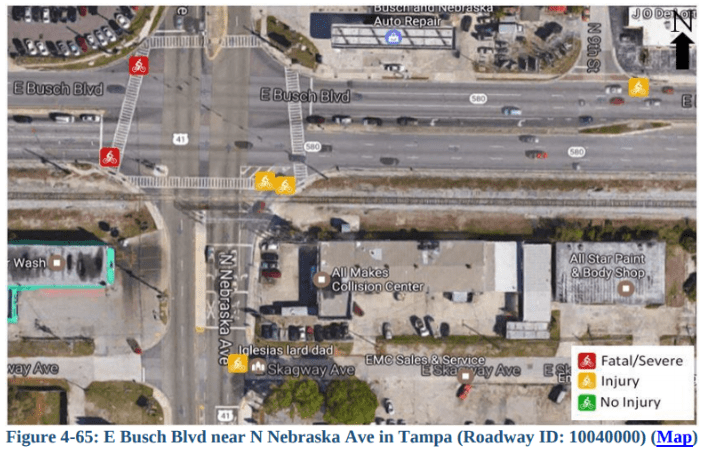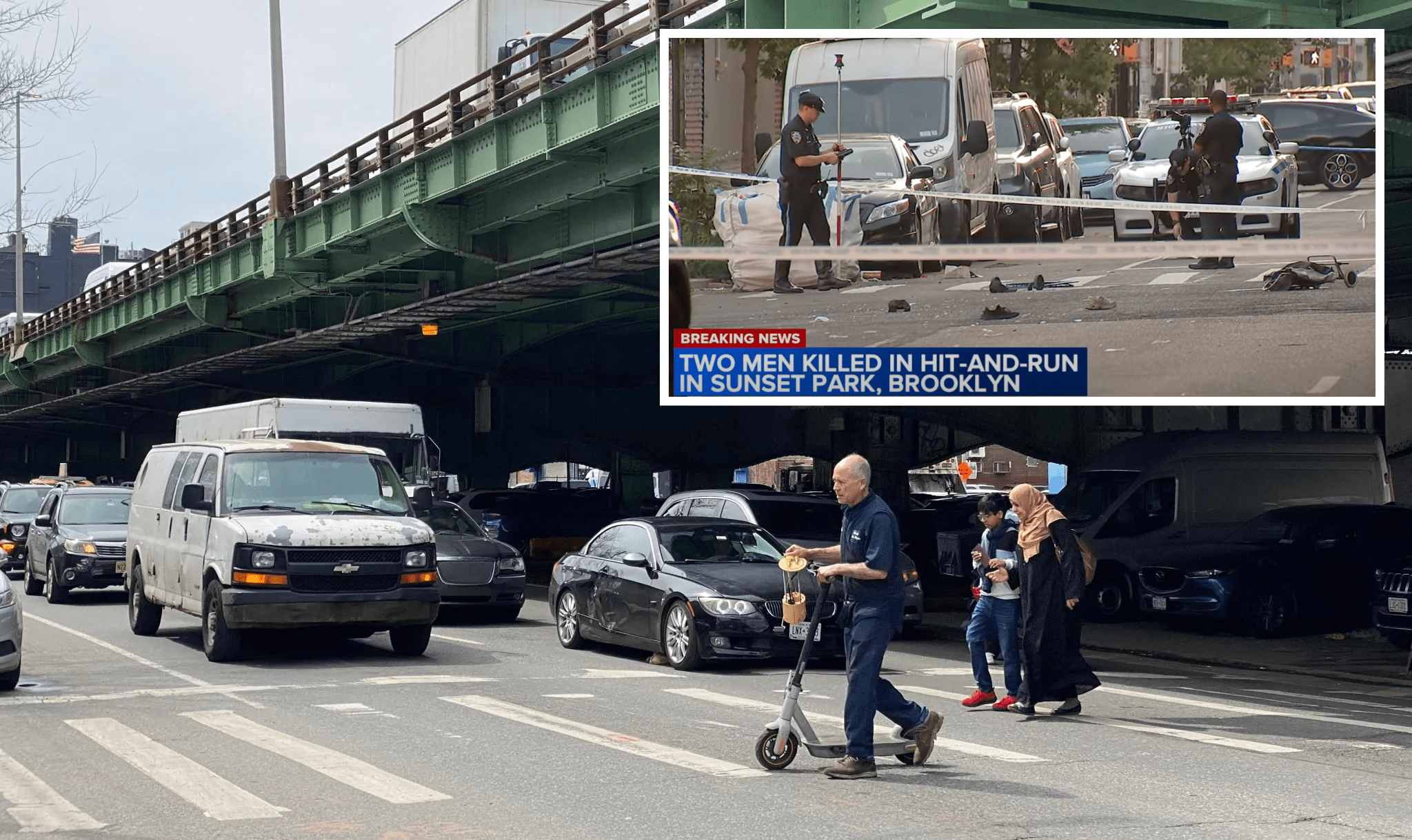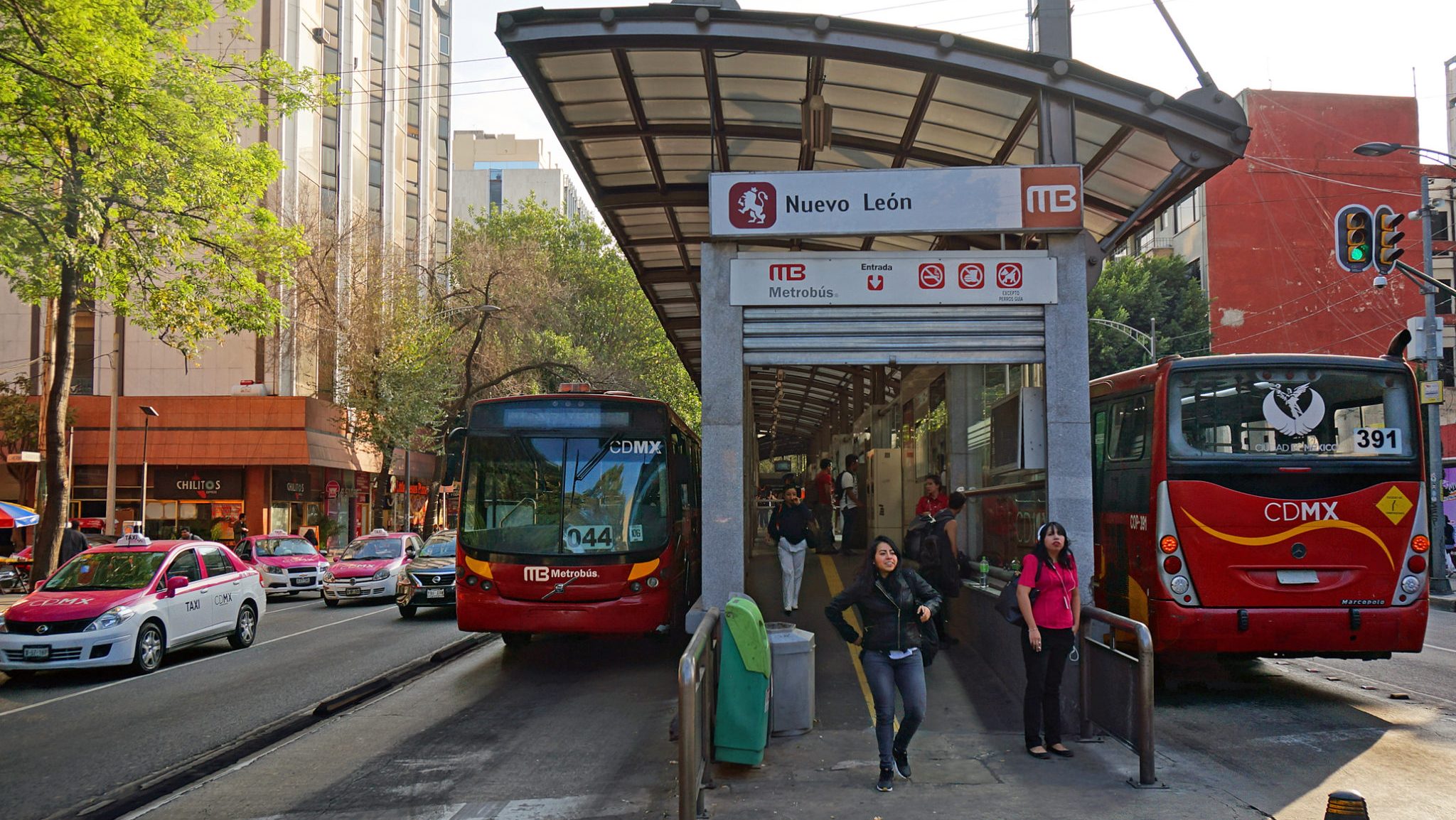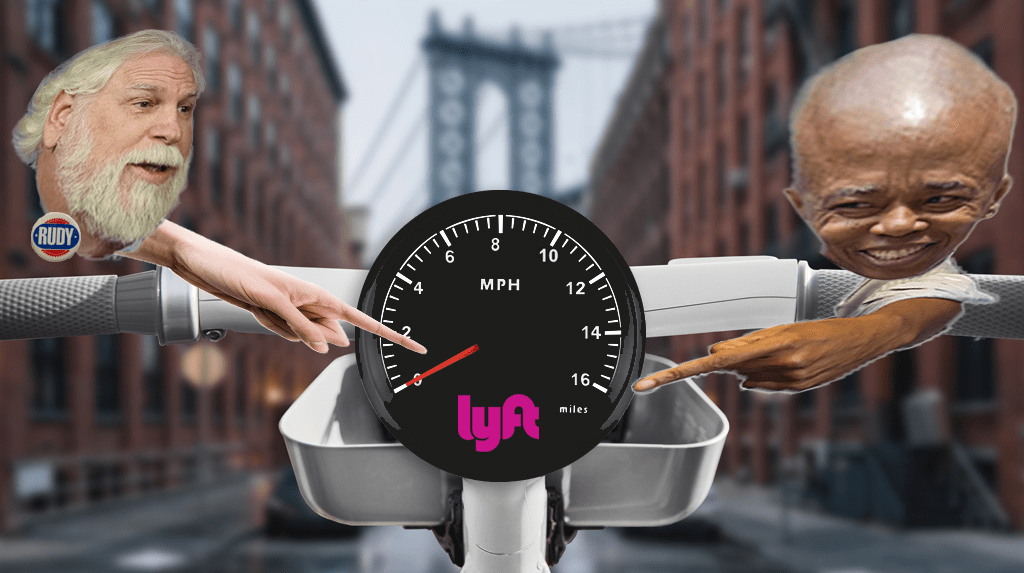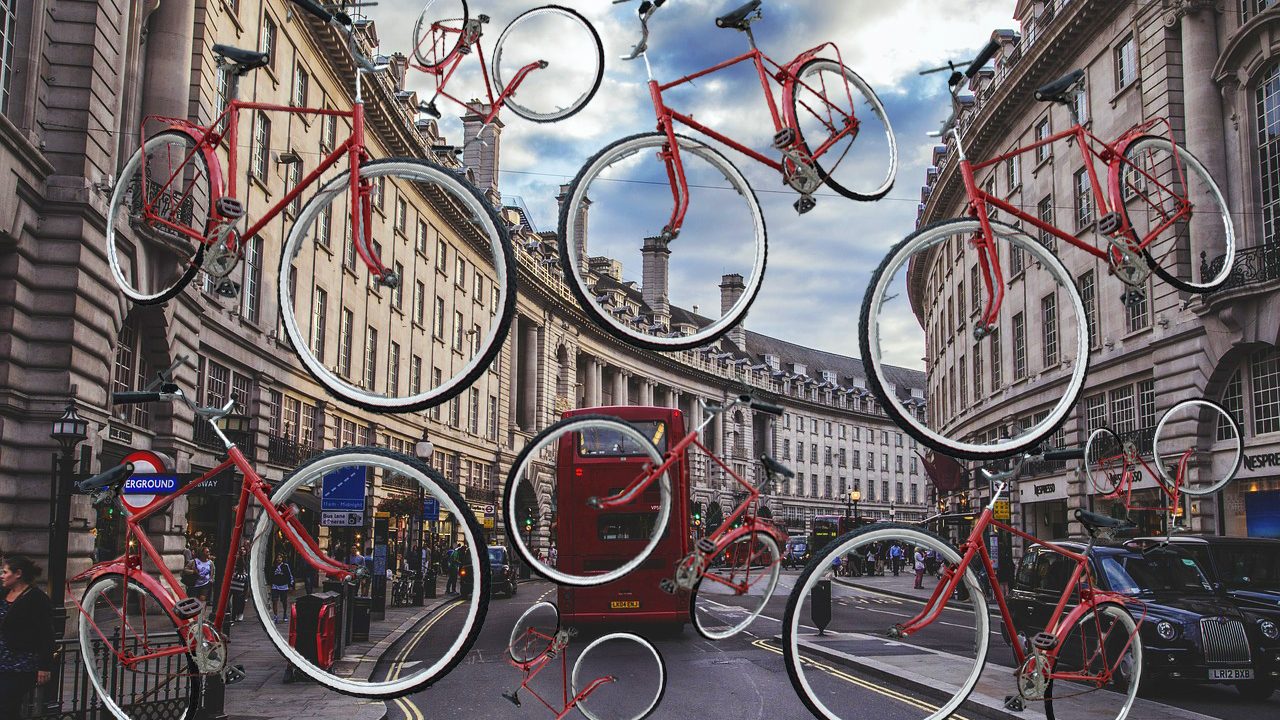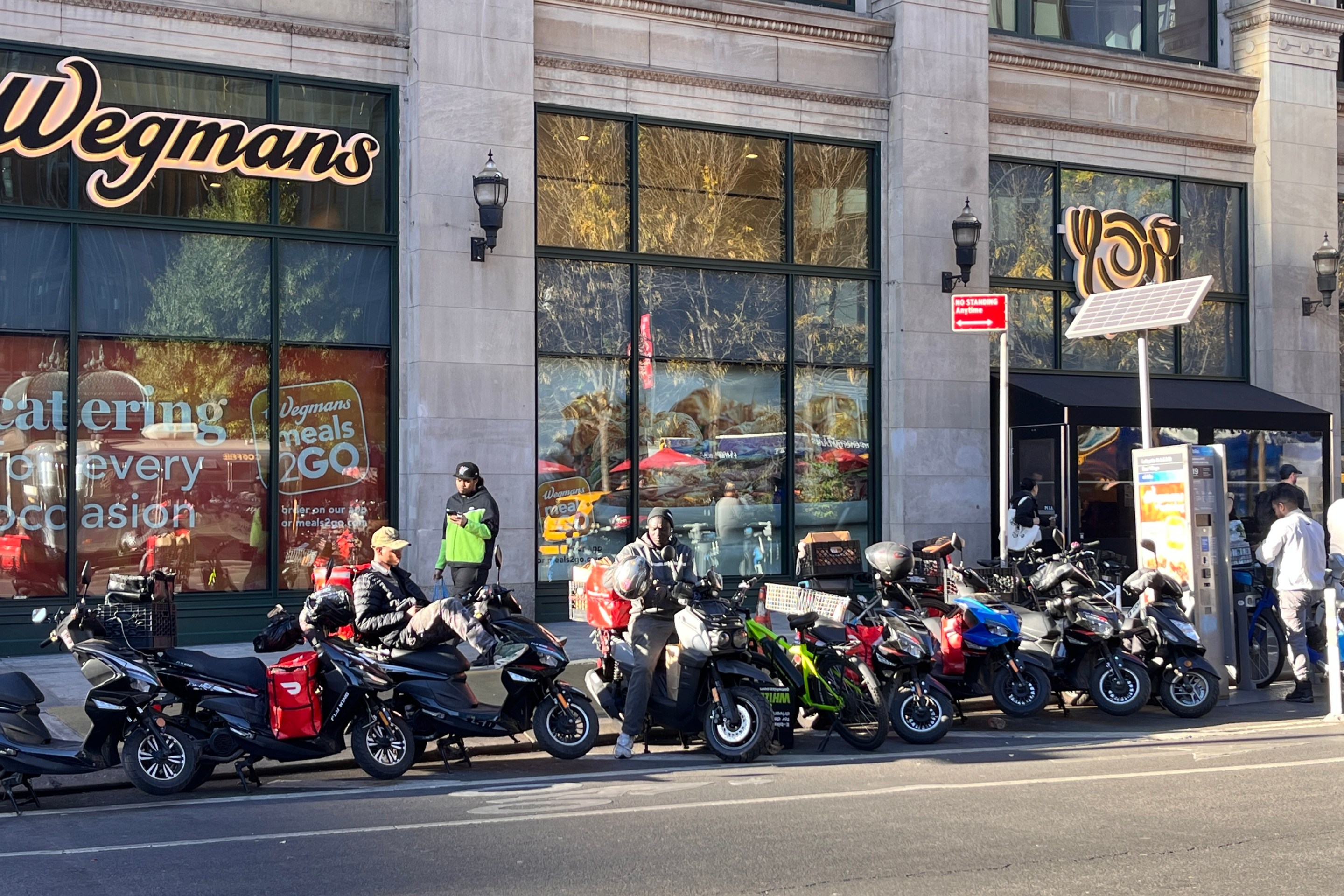In the last few years, the traffic fatality rate in America has risen alarmingly high, wiping out a decade of progress and widening what was already an enormous gap between the U.S. and peer nations like the UK, Japan, and Germany.
A primary reason so many people get killed in car crashes in this country is the prevalence of streets designed for lethal driving speeds. The national traffic safety establishment finally seems to be confronting the problem. Earlier this month the National Transportation Safety Board released a draft report with several recommendations to curtail deadly speeding. Advocates hailed the report as a breakthrough that should spur change at transportation agencies around the country.
One state transportation agency that's taking steps to get motor vehicle speeds under control is Florida DOT, reports Rayla Bellis at the State Smart Transportation Initiative. As the most dangerous state for walking and biking, Florida also has the most room for improvement. Bellis reports that the state DOT will not just be reducing speed limits, but also redesigning streets for greater safety:
The Florida Department of Transportation plans to lower speed limits and design speeds in some areas from their current 40-45 mph limit to a 25 mph limit to improve roadway safety. They will start with a pilot program in the Tampa Bay region. This makes FDOT one of the first states to tackle head-on the safety impacts of vehicle speeds.
Speed is one of the most significant factors in roadway crashes and fatalities in the U.S., and an especially serious problem for pedestrians and bicyclists. A 2011 study conducted by the AAA Foundation for Traffic Safety found that nine out of 10 pedestrians survive a crash with a car going 20 mph. However, only five out of 10 pedestrians survive when hit at 30 mph, and just one in 10 survive when hit at least 40 mph.
FDOT has been working to improve conditions for people walking and biking since 2014 through the department’s Complete Streets implementation initiative, which aims to address the state’s ongoing pedestrian danger epidemic. FDOT is also considering other strategies for reducing vehicle speeds, including reducing lane widths to 10 feet in some urban areas. The department will be finalizing its plans later this year based on feedback submitted by stakeholders in response to the department’s draft FDOT Design Manual and new draft Complete Streets Handbook.
FDOT’s government liaison administrator Stephen Benson noted, “When people drive slower, it improves safety. If we don’t design roads like a highway, they won’t drive on the roads like a highway.”
More recommended reading today: Systemic Failure gives a virtual tour of a very pedestrian-unfriendly BART station. And City Observatory considers whether you can call a house with a three-car garage a "net zero" energy home.
